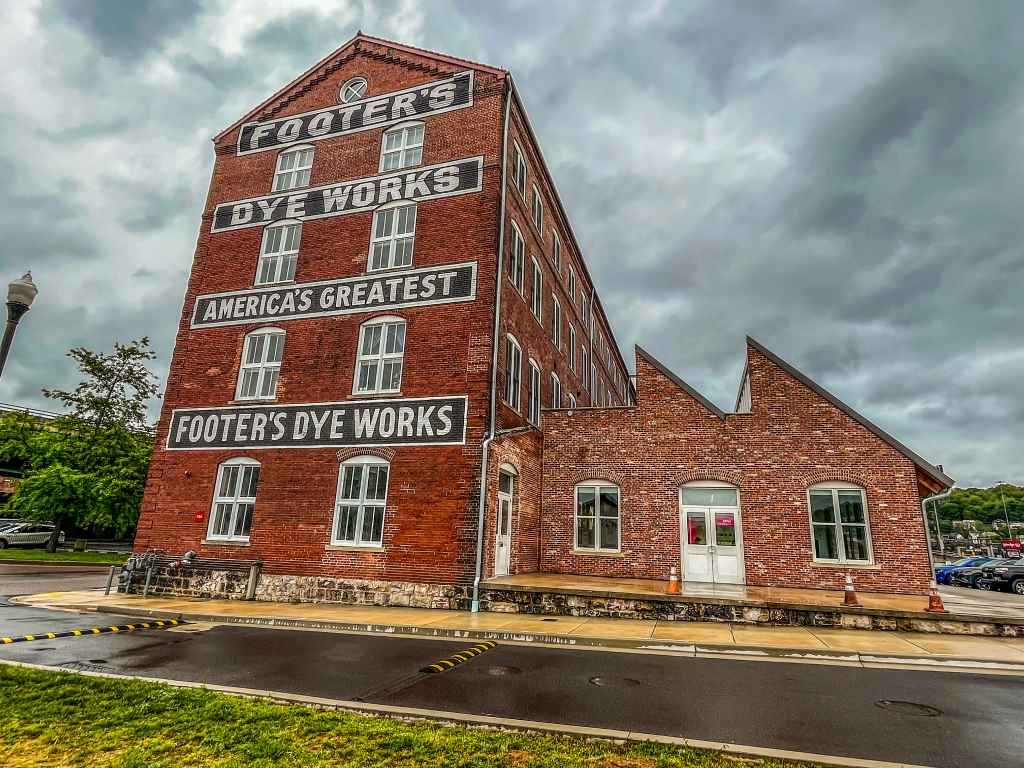It has certainly been a while. Yes, too long. Why no writing? Why the lengthy intermission? What’s been going on?
My closest friends and colleagues know the reason and I might as well as confess – and no surprise, really – I’ve been exceptionally busy with work travels and projects these last many, many months. The last couple of years to be more exact. Yes, a private sector consultant is supposed to be busy all the time. Right, always singing for your supper? Well, from that end, there is nothing that much more to say – I’m always busy and up to my gills writing someone’s planning document. But I have had very little time to devote to extracurricular writing due to a few “once-in-your-life” preservation planning projects that came my way just after I started this blog. It’s been non-stop traveling to meet and greet people, see and experience new places, manage workshops and meetings, and then come back to the office to devote hours to writing policies and strategies that you hope will inspire people to act and do good. At least hope someone reads them. Now that the light has shown through the tunnel, it’s time to restart the blog in an earnest and committed way.
So, what were those projects? Well, one was managing the planning process for a new statewide historic preservation plan for the State of Texas and its state historic preservation office, the Texas Historical Commission. Two other projects, which are still ongoing, involve two legacy cities in the East Coast Rust Belt – Cumberland, Maryland, and Erie, Pennsylvania.
As one can imagine, running a preservation planning process for the second-largest state in the country by land area – one that included an extensive community and stakeholder engagement program of on-site workshops, stakeholder listening sessions, and virtual town halls – was no easy task. In the end, however, I have to say it was one of the more rewarding projects I’ve ever worked on, and I learned more about what works and what doesn’t in engaging so many diverse preservation stakeholder groups from across a big state. Texas is also one giant microcosm of who makes up America these days. The state’s diversity represents countless opportunities to tell new and undiscovered stories of the people who made the state what it is today.
And for Erie and Cumberland? They are the classic legacy cities where industrial decline resulted in lost jobs, then population, and some hope for the future. Both cities have their own distinctive derelict landscapes ¾ aging and obsolete industrial complexes in Erie and the time-worn but highly intact downtown commercial district in Cumberland. Downtown Cumberland’s multi-story commercial buildings of various styles have an amplified monumentality and authenticity in their architecture – a quite remarkable feeling from all the downtowns I have visited in my travels. This integrity and scale tempers the fact that the storefronts and the upper floors in many of these buildings appear mostly vacant, although an active Main Street program has made progress on that front.
Erie, on the other hand, seems to have a much more vibrant downtown as it has two colleges and a stable, although somewhat diminished industrial employment base. Erie once had a dominant shipbuilding industry powered by the different ethnic groups that settled in various tightly-developed neighborhoods nearby. Unlike Cumberland, which has practiced preservation for decades, Erie has only recently established a preservation commission and designated its first landmark. Erie is eager and excited about the prospects of building a preservation program that lifts its neighborhoods.
Cumberland, largely landlocked in the west-central Maryland Appalachians, is seeking a path forward where economic regeneration and promoting land use diversity are high priorities, especially given the almost total loss of industry in the city. Local leaders are not entirely sure whether keeping its historic building stock – some of it in deteriorating condition – is a detriment to attracting new businesses and higher-income residents. It’s a chicken or egg kind of situation: will clearing out neighborhoods for new housing attract new industry, jobs, and higher-income households, or would just investing in the historic housing stock accomplish the same thing?
Enough for now but there are many stories to tell. It will not be two years before the next post. I will guarantee that.





